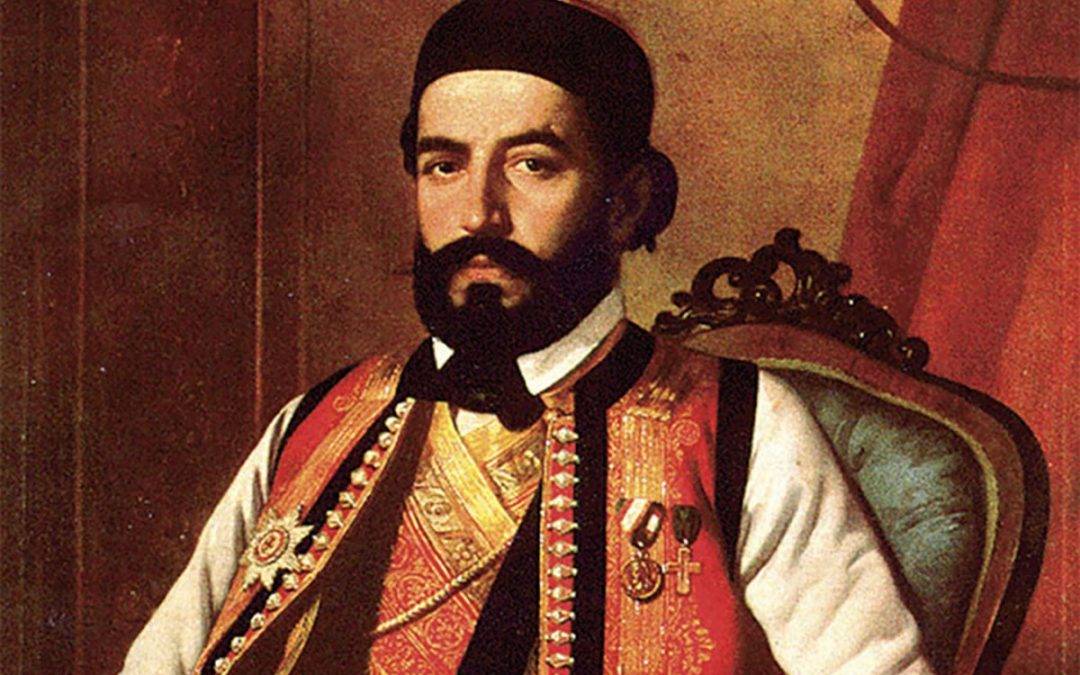
Promotion of three anthologies about Njegoš
A series of promotions and other cultural events, thematically related to Njegoš's work, will be held in the organization of the Serbian movement Njegoš, founded a year ago in Montenegro, and now also in Belgrade. In Kolarac (May 28) and in Matica srpska (Novi Sad, May 29), there will be promotions of three collections about Njegoš: Reprint edition of the Memorial of Njegoš from 1926 (Cetinje), dedicated to the restoration of the chapel on Lovćen under the patronage of King Aleksandar Karađorđević; the second collection is dedicated to the fiftieth anniversary of the destruction of Njegoš's chapel on Lovćen (new texts by contemporary authors) and the third collection, Days of Njegoš - which is actually a selection of texts from the last few manifestations of "Days of Njegoš" organized by the Njegoš Literary Society.
The first two collections were published by the Metropolitanate of Montenegro and the Littoral in 2023.
The story of Njegoš's chapel, as a symbol of historical Montenegro, has been relevant for more than a century. Spiritual, cultural and political polemics related to the basic meaning of Montenegro are woven into that story.
The supporting texts of the Memorial of Peter II Petrović Njegoš, edited by the famous professor and archivist of that era, Dušan Viksan, are a kind of interpretation of Njegoš's overall work, which is permeated by the idea of libertarian Montenegro, the high ethics and spiritual height of Njegoš's work, the Kosovo sacrifice, which is at the foundation of all the battles for the liberation of the Serbian people from centuries of occupation. The authors of these texts emphasize that all the ideas of Njegoš - about man, God, freedom, the meaning of historical and cultural heritage, are sublimated in the inner meaning of the Chapel on Lovćen, which connects Montenegro with heaven.
In addition to the prologue text of the Committee for the Return of the Chapel to Lovćen, here are also important contributions: the speech of Metropolitan Gavrilo Dožić of Montenegro and the Littoral, the famous speech of Bishop Nikolaj Velimirović about Njegoš and Montenegro, the greeting letter of Mark the Tsar, the greetings of King Alexander to the welcome sent to him by the Montenegrin champions at the send-off of Njegoš's bones to Lovćen.
In this collection, Dušan Vuksan collected about 300 lesser-known letters of Njegoš, which shed light on the character of Njegoš, the master of Montenegro, and his time.
In the second collection - Fifty years since the destruction of Njegoš's chapel in Lovćen, texts from the symposium of the same name held in the Cathedral in Podgorica in 2022 are collected. The collection consists of the presentations of the participants at that round table.
The thematic framework of these presentations is basically - the spiritual meaning of Njegoš's chapel as the inner meaning of Montenegro - and texts dealing with archival documents documenting the entire process regarding the demolition of the Chapel and the construction of the Mausoleum.
This anthology can be considered a natural continuation of the anthology Sumrak Lovćen, which was republished three times in Montenegro, as well as a continuation of the first collection of works, which in the second half of the twentieth century initiated a great Yugoslav polemic about the demolition of the Chapel on Lovćen, collected in the magazine Umetnost (1971, White City).
All three of these collections deal with the same and fundamental story, related to the importance of Njegoš's work in Serbian culture, as well as the fate of Njegoš's chapel and his will to be buried in it.
It is known that the Austrians systematically bombed the Chapel in 1916, in order to erect a stone monument to Emperor Francis Joseph in its place. That construction was planned in detail based on the finished project, which would have happened if the First War had not ended with the defeat of the occupiers.
This intention of Austria says a lot about the symbolic importance of Lovcen and the symbol that stands on it. The press of the time records that in the territory of the Austrian Empire, the bombing of the Chapel caused general enthusiasm, more so than their rare victories on the battlefield during the First War.
In the demolition of the Chapel by Yugoslav communists and the construction of Meštrović's mausoleum on Lovćen, we see a long-term strategy and matrix for the destruction of the spiritual and cultural identity of Montenegro, which our most important intellectuals and creators noticed at the very beginning.
And in our contemporary social and spiritual reality, we can see direct connections between the projected, anti-Serb sense of Montenegro, and the anti-Serb sense of Meštrović's mausoleum on Lovćen (which Meštrović himself explicitly points out).
Even today, there is a significant part of the people in Montenegro, who consider the return of Njegoš's chapel to be hostile and, according to them, an anti-Montenegrin act. Occupying ideas are obviously still firmly held in a part of the people, although most of the time they are not aware of the origin and meaning of these ideas.
The authors in this collection reactivate this theme, stressing that the installation of Meštrović's mausoleum on Lovćen was an intermediate solution, given that the imagined monument to Franjo Josif, the direct conqueror of Montenegro, was impossible. Through this complex, but persistent topic, contemporary authors provide insights into the contemporary ideological conflict situation in Montenegro.
It is becoming increasingly clear to us today (so unforgivably late!) that the occupiers, much better than the people in Montenegro, knew that the symbol on Lovcen determines the meaning of Montenegro. The demolition of the chapel on Lovćen by the occupiers, the Austro-Hungarian Empire, and later by communist Yugoslavia, is the collapse of the basic meaning of historical Montenegro, which we have seen in the last quarter of a century.
In the third collection, Dani Njegoševi, texts from the round table: The Meaning of Struggle in Njegoš's work, held in 2023 in Nikšić, as part of the traditional Dani Njegoševi event, are collected.
In these last two collections, among others, there are texts by: Metropolitan Joaniki, Mir Vuksanović, Radmil Marojević, Duško Babić, Časlav Koprivica, Drago Perović, Dušan Krcunović, Jelica Stojanović, Boris Brajović, Radoj Golović, Budimir Dubak, Jovan Plamenac, Ivan Petrović, Jovan Markuš, Pavel Kondić, architect Svetislav Popović, priest Nemanja Krivokapić, Veselin Matović, Milutin Mićović, as well as interviews with Milo Lompar and Slavenko Terzić.
A significant part of the last collection is devoted to the translations of Luča Mikrokosma into Russian and Romanian, as well as the translation of Njegoš's Notebook into Russian.
Milutin Mićović
Source: Diocese of Budimljansko-Nikšić
PHOTOS
RELATED ARTICLES
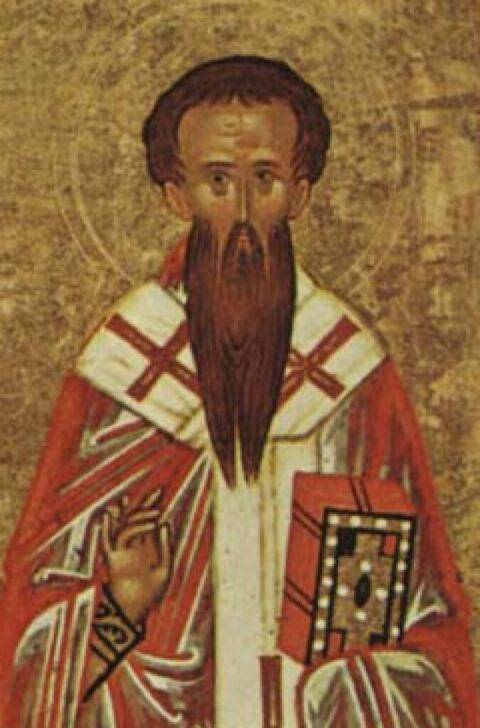
Calendar for April 25 Saint Basil the Confessor – Eastern Friday
A companion and martyr of Saint Procopius the Decapolis. Basil faithfully...
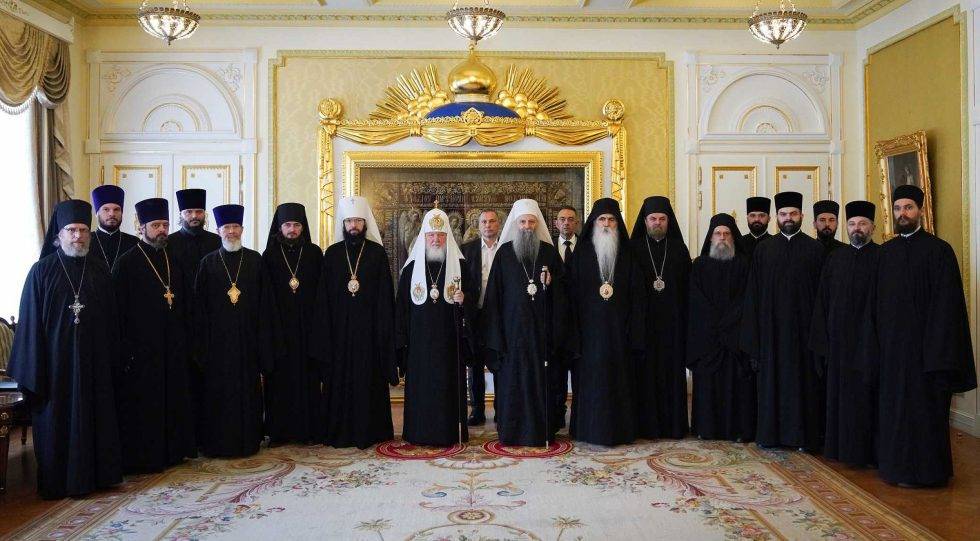
Serbian Patriarch Porfiry spoke with Patriarch Kirill of Moscow and All Russia
His Holiness Serbian Patriarch Porfiry, who is on a multi-day visit to Moscow...
Calendar for April 24 The Holy Martyr Antipas, Bishop of Pergamum
He is mentioned in the Book of Revelation as Antipas, my faithful witness...


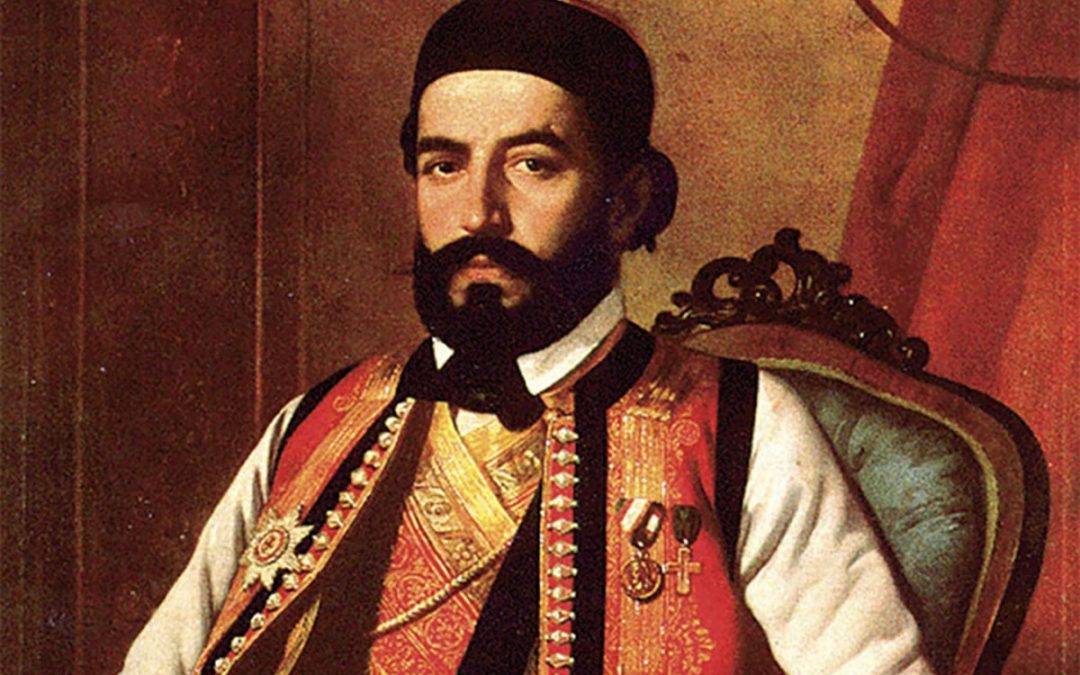

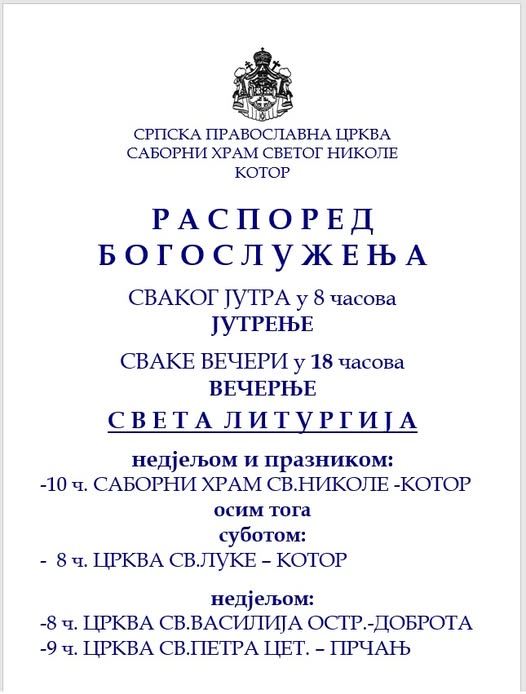
.png)